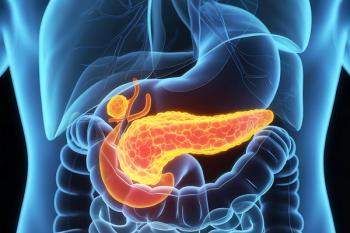
- The Column-03-18-2011
- Volume 7
- Issue 5
Studying PCBs along the West African coastline
In 2001 and 2005 two research vessels detected unexpectedly high air concentrations of polychlorinated biphenyls (PCBs) off the coast of West Africa. To investigate this further a study has been conducted on air samples from all over the West African coast.
In 2001 and 2005 two research vessels detected unexpectedly high air concentrations of polychlorinated biphenyls (PCBs) off the coast of West Africa. To investigate this further a study has been conducted on air samples from all over the West African coast.
PCBs cause cancer in animals and are thought to be potential carcinogens in humans, as well as having a number of other unpleasant effects. The international community is trying to eradicate them; so confirming this discovery would be an important step to locating the source and disposing of them safely.
Air samples were taken on board a ship travelling from Germany to South Africa. Samples were also deployed in four West African countries to try to narrow down the sources on land. The results of the study, which was conducted by researchers from centres in the UK, Spain, Norway and the US, were published in Environmental Science and Technology.1
PCBs were extracted from the samplers and analysed using GC–MS with electron ionization. The measurements agreed with those taken previously, and were in some cases more than three times those found in urban parts of Europe. Unusually high land‑based levels were found in Gambia and Ivory Coast.
The study suggests that potential sources include illegal dumping of electronic waste, uncontrolled burning and the dismantling of abandoned ships.
1. R. Gioia et al., Environ. Sci. Technol., 45(4), 1349–1355 (2011).
Articles in this issue
over 14 years ago
Bruker to acquire Michromover 14 years ago
D-ficientover 14 years ago
I'm Absolutely Certain...over 14 years ago
A Quality by Design Approach to Chromatographic Method Developmentover 14 years ago
Sample Preparation Productsover 14 years ago
GPC/SEC-MALLS Analysis of Hyaluronic Acidover 14 years ago
System and column collaborationNewsletter
Join the global community of analytical scientists who trust LCGC for insights on the latest techniques, trends, and expert solutions in chromatography.





